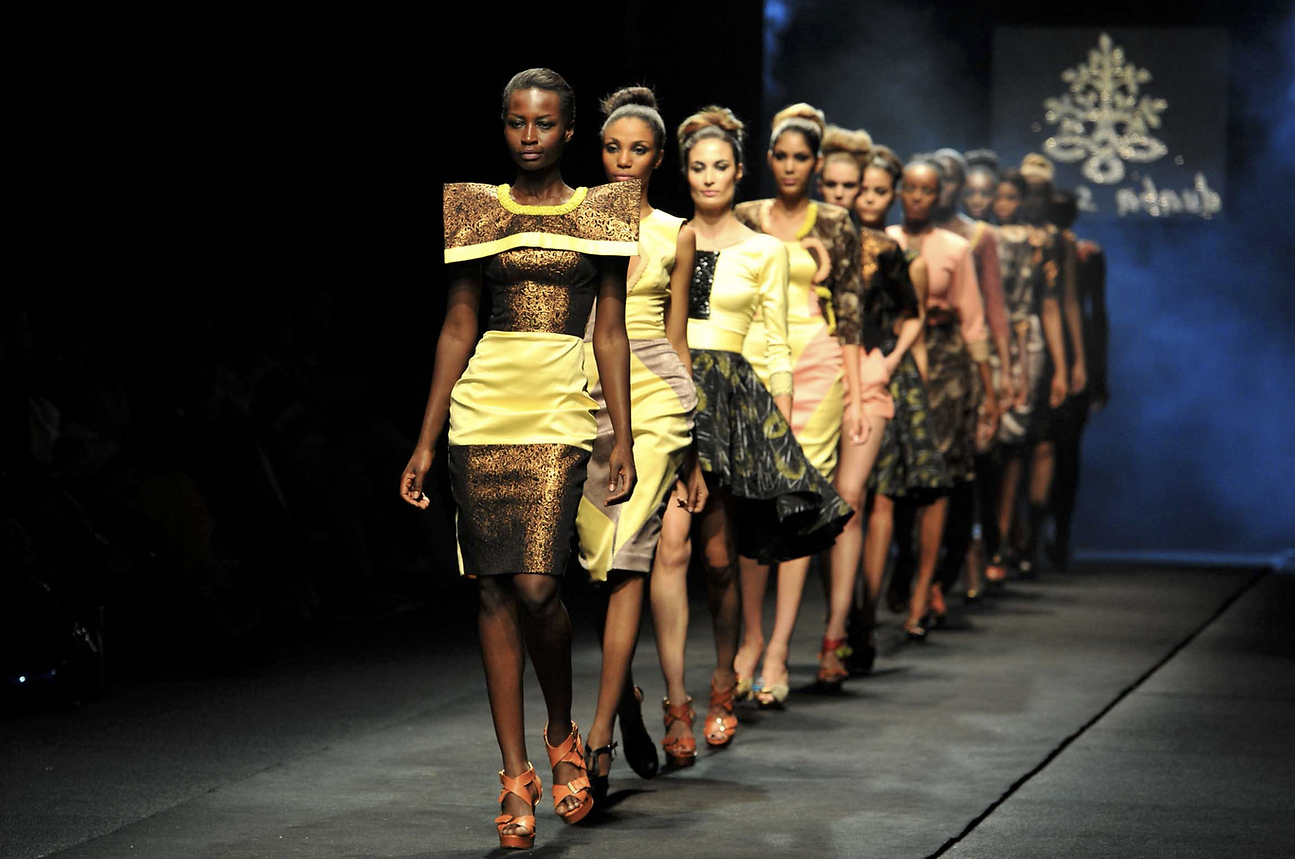By: Sydney Xiong
A pair of tall models strutted down the boardwalk during a premier fashion show held in
the coastal city of Buenaventura this year, one in a red minidress with an open seashell inspired fluted top and the other in a royal blue-and-gold gown.
The models were both black and the fabric was imported from Africa– which was
unusual for a major fashion show in Colombia. But what was most distinguished about them was their designer; Esteban Sinisterra Paz, who is a 23-year-old university student with no formal design training.
Sinisterra said that the main goal of his works were to demonstrate the “Decolonization
of the human being,” as well as showing the world the expansive views of “the elegance of
identity.”
Mr. Sinisterra also designed the wardrobe of Francia Márquez, an environmental activist
and lawyer who will become Colombia’s first Black vice president on Sunday.
In the matter of months, Márquez was able to bring racism and classism to the center of
the national conversation; she has also revolutionized the nation’s political aesthetic. She is
rejecting starched shirts and suits in favor of a distinct Afro-Colombian look featuring natural
hair, bold prints, and dresses that highlight curves.
However, Márquez and Sinisterra are only the most noticeable ambassadors of the AfroColombian aesthetic boom, which some say is a part of a larger r movement demanding greater respect for millions of Black Colombians.
“Colonization tried to erase Black people,” said 41 year old Lia Samantha Lozano, the
first Black woman with a runaway show at Colombiamoda, which is Colombia’s biggest fashion show.
“A big part of the plan was to make us feel ashamed of who we are, of our colors, of our
culture, of our features,” Ms Lozano continues. “To wear this every day, not as ‘fashion,’ not to
dress up for a special occasion, but as a way of life, as something you want to communicate
every day — yes, it is political. And, yes, it is a symbol of resistance.”











